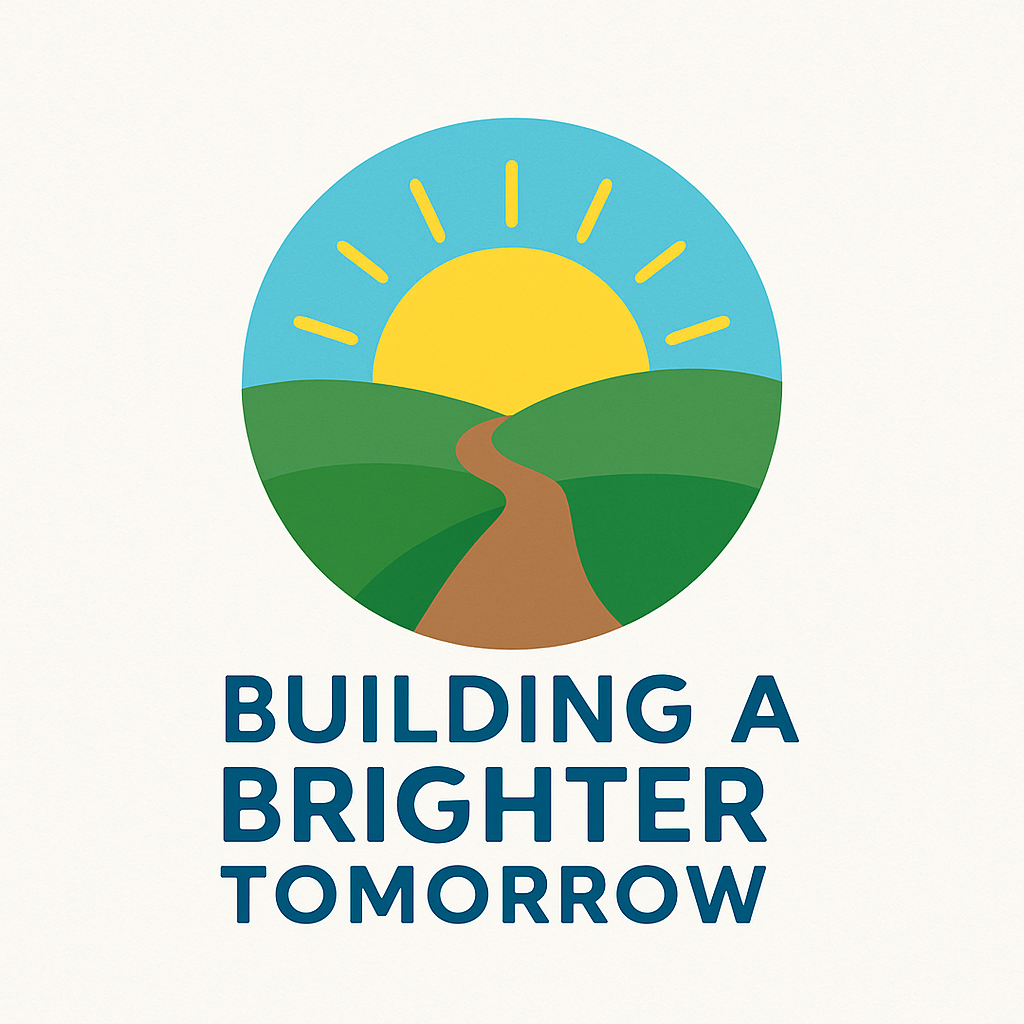In the world of education—especially special education—there are countless methods, strategies, and interventions that promise to help students learn and grow. But how do we know what really works? The answer lies in evidence-based practices (EBPs).
Evidence-based practices are strategies that have been tested through research and shown to be effective for improving specific outcomes. For students with disabilities, these practices aren’t just helpful—they are essential. Using EBPs means we are choosing tools and techniques that are backed by data, not just trends or opinions.
What Are Evidence-Based Practices?
- Visual Supports: Timelines, icons, and schedules that help students navigate routines and expectations.
- Modeling: Demonstrating a skill or behavior so that students can see and learn it directly.
- Positive Reinforcement: Encouraging desired behaviors by rewarding them in meaningful ways.
- Task Analysis: Breaking down a skill into small, teachable steps.
- Prompting and Fading: Providing support to help a student learn, then gradually removing it.
Why They Matter
- Increased effectiveness and better student outcomes
- Improved consistency across educators and settings
- Greater confidence for teachers and parents
- Reduction in trial-and-error or ineffective strategies
How to Get Started with EBPs
- Explore tools from the IRIS Center or NPDC on Autism Spectrum Disorder
- Select practices that match the specific needs of your students
- Follow fidelity checklists and training resources to implement effectively
- Collect data to evaluate impact and guide adjustments
Final Thoughts: Evidence-based doesn’t mean rigid. It means informed. It means blending science with compassion, and strategy with heart. By grounding our teaching in what works, we give students the opportunity to grow with confidence and clarity.
